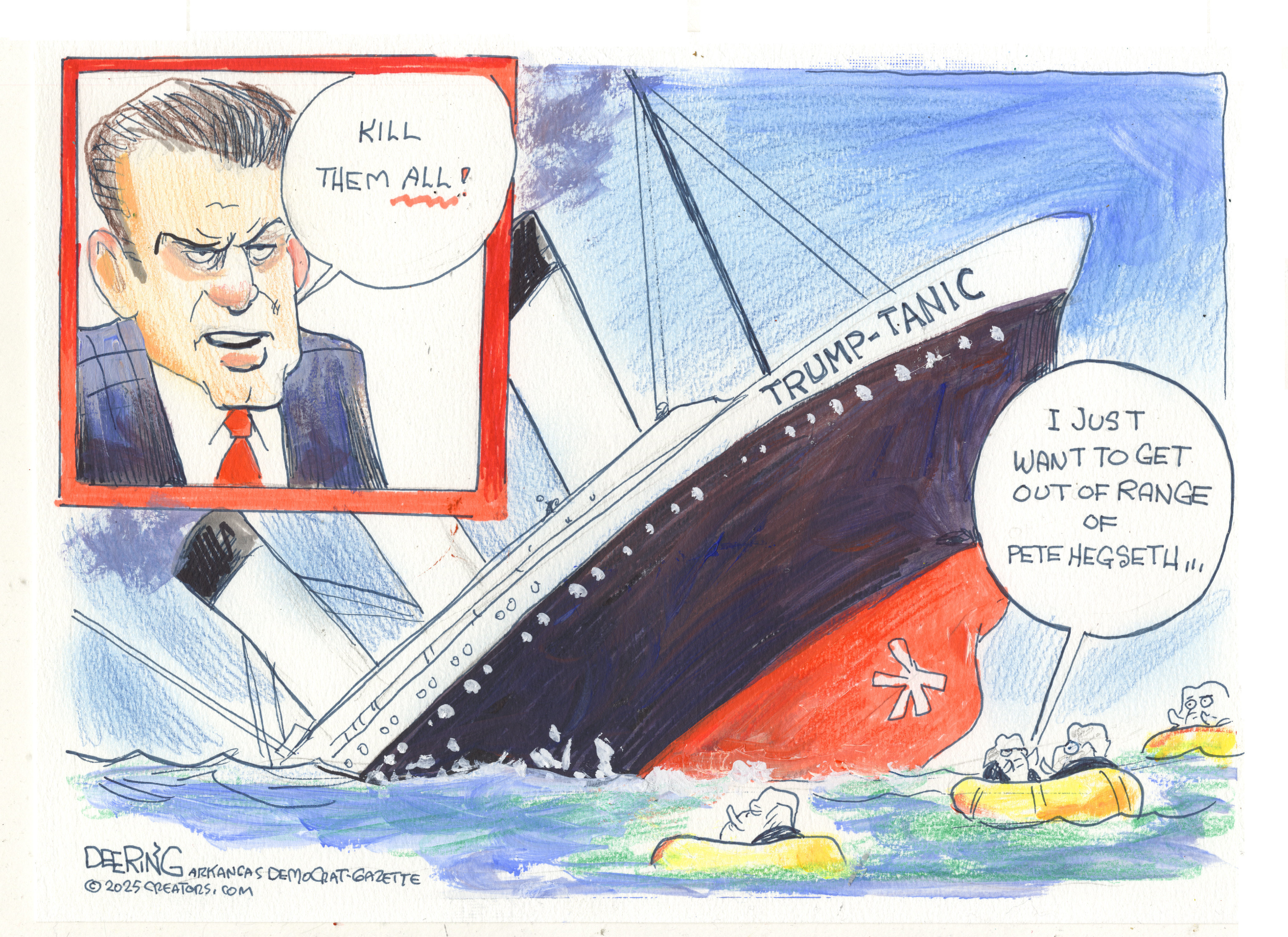Exhibit of the week: Telling Stories: Norman Rockwell From the Collections of George Lucas and Steven Spielberg
Directors Steven Spielberg and George Lucas have long been admirers of Rockwell's ability to tell a story in a single image.
Smithsonian Museum of American Art
Washington, D.C.
through Jan. 2, 2011
The Week
Escape your echo chamber. Get the facts behind the news, plus analysis from multiple perspectives.

Sign up for The Week's Free Newsletters
From our morning news briefing to a weekly Good News Newsletter, get the best of The Week delivered directly to your inbox.
From our morning news briefing to a weekly Good News Newsletter, get the best of The Week delivered directly to your inbox.
Norman Rockwell once said that if he hadn’t been a painter, he might have been a movie director, said Ted Johnson in Variety. Legendary directors Steven Spielberg and George Lucas both have long been admirers of Rockwell’s “ability to tell quintessentially idealized American stories in a single image.” Now, for the first time, they’re publicly sharing their collections of Rockwell originals, which cover the full span of Rockwell’s career, “from his early days at the Saturday Evening Post in the shadow of World War I to the social tumult of the 1960s and ’70s.” Iconic works such as his 1943 Freedom From Fear, showing parents tucking in their two children, evoke a “sense of comfort” by reminding viewers of their own lives.
Actually, “the reason we so easily ‘recognize ourselves’ in his paintings” is that they’re riddled with clichés, said Blake Gopnik in The Washington Post. There’s the cop taking the young runaway for a malted before returning him to his parents. “Aw shucks.” There’s the blond bombshell playing hard to get. “Jeez, lady, wontcha give those guys a wink?” But America was never as simple as Rockwell suggested in his paintings. African-Americans, for instance, are hardly evident from his Saturday Evening Post work—the publication for years banned them from the cover—and Rockwell only belatedly took note of the civil-rights movement, in the 1960s. Rockwell may have had the talent to be a great artist, but he lacked courage, and “courage has been the signature virtue” of almost every great American artist, from Emily Dickinson to Louis Armstrong to Jackson Pollock.
Still, can’t a viewer appreciate the visual pyrotechnics of painters like Pollock while admiring the subdued storytelling of Rockwell? asked Deborah Solomon in The New York Times. “Rockwell exemplifies the American desire for safety and security, as much as Pollock exemplifies the opposing need for flight and rebellion.” Interestingly, Rockwell provided his own commentary on his art-world reputation in The Connoisseur (1962), which shows a gray-haired man puzzled by a large Pollock drip painting. In this work, “surely the most arresting image” here, Rockwell wryly acknowledged that his vision of the world was becoming passé. He might have been surprised—and gratified—that a half-century later, his art would still be stirring conversation, and inspiring creators like Spielberg and Lucas.
A free daily email with the biggest news stories of the day – and the best features from TheWeek.com
-
 Political cartoons for December 7
Political cartoons for December 7Cartoons Sunday’s political cartoons include the Trump-tanic, AI Santa, and the search for a moderate Republican
-
 Trump’s poll collapse: can he stop the slide?
Trump’s poll collapse: can he stop the slide?Talking Point President who promised to ease cost-of-living has found that US economic woes can’t be solved ‘via executive fiat’
-
 Sudoku hard: December 7, 2025
Sudoku hard: December 7, 2025The daily hard sudoku puzzle from The Week